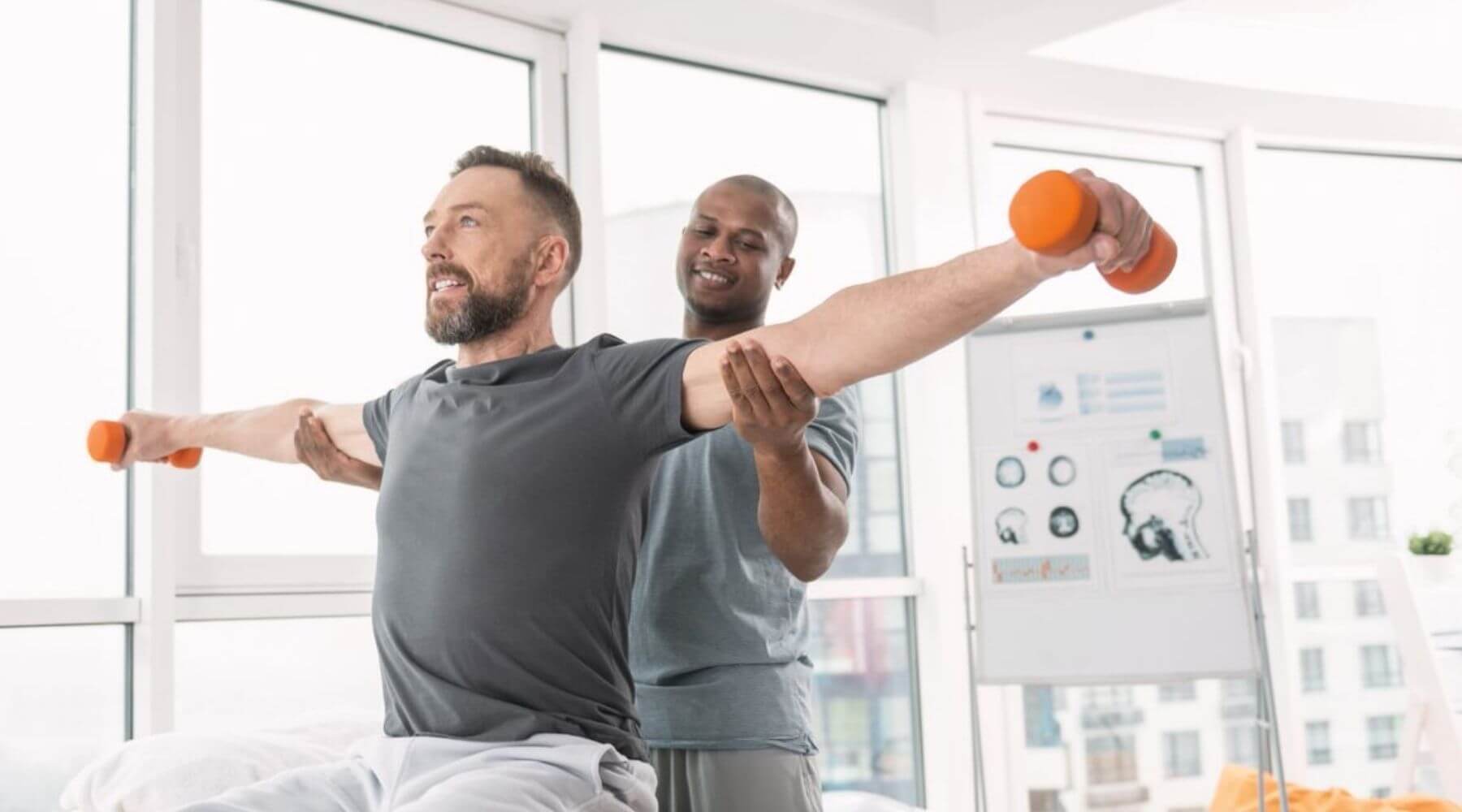Exploring the Diverse Methods of Physical Rehabilitation for Improved Recovery and Rehabilitation
Exploring the Diverse Methods of Physical Rehabilitation for Improved Recovery and Rehabilitation
Blog Article
Physiological rehabilitation is an essential discipline that assists people recover from traumas, operations, and multiple medical conditions. It involves a range of methods designed to improve movement, alleviate discomfort, and boost general physical function. Physiotherapy therapists are trained professionals who assess each patient’s needs and develop customized treatment plans. These plans often consist of workouts, manual therapy, and instruction about body movements. By employing these diverse techniques, physical can substantially enhance a person’s standard of living.
One frequent method used in physical is therapeutic activity. This includes targeted movements and activities that assist build muscles, enhance flexibility, and increase stamina. For instance, a patient recovering from leg operation may perform workouts that focus on rebuilding power in the lower limb muscles. These activities are meticulously selected based on the individual’s condition and objectives. By incrementally increasing the intensity and challenges of the exercises, physical practitioners can assist patients regain their strength and mobility over time.
Another important technique is hands-on therapy, which comprises hands-on approaches to adjust the body’s soft muscles and articulations. This can involve flexibility exercises, joint movement, and massage. Hands-on therapy seeks to alleviate discomfort, minimize swelling, and enhance circulation. For example, a therapist may apply light pressure to relieve tension in stiff muscles or to assist a articulation move more smoothly. This technique is often integrated with other therapies to enhance rehabilitation and promote recovery. Patients often consider hands-on therapy to be a soothing and effective way to control their discomfort.
In furthermore to exercises and hands-on treatment, instruction plays a vital role in physiotherapy. Therapists instruct patients about their issues and how to manage them efficiently. This may include advice on proper alignment, body movements, and techniques to avoid future traumas. For example, a practitioner might show a patient how to raise heavy items safely to prevent straining their spine. By empowering patients with understanding, physical practitioners assist them take an active part in their recovery and promote long-term wellness and well-being.
Finally, technological advancements is increasingly being incorporated into physical methods. next page Tools such as sonography, electrotherapy stimulation, and immersive reality can improve traditional therapy approaches. These technologies can assist reduce discomfort, promote recovery, and provide interactive ways for patients to engage in their rehabilitation. For instance, virtual environments can create engaging environments for patients to rehearse movements in a controlled and protected environment. As technology continues to evolve, it provides exciting opportunities for improving rehabilitation outcomes in physical.
In summary, physical includes a range of techniques that work in unison to support rehabilitation and healing. Through therapeutic activities, hands-on treatment, patient instruction, and the application of technology, physiotherapy practitioners provide holistic treatment tailored to each patient’s requirements. This comprehensive approach not only assists clients regain their bodily capabilities but also empowers them to sustain their well-being in the long run. As more individuals recognize the benefits of physiotherapy, it remains to play a crucial part in the pathway toward improved health and fitness.